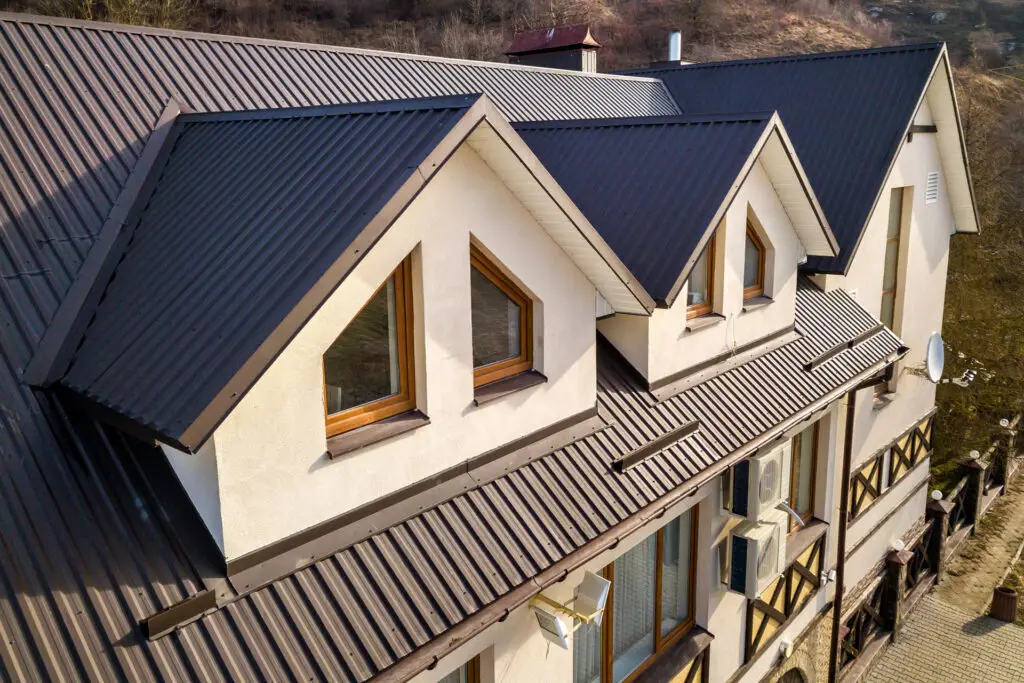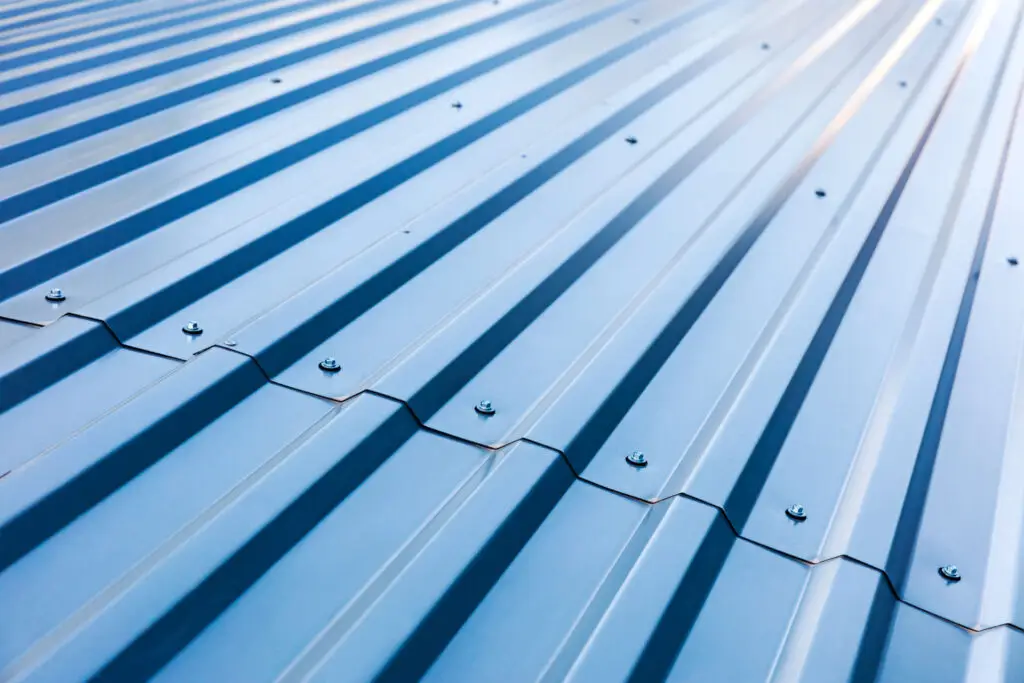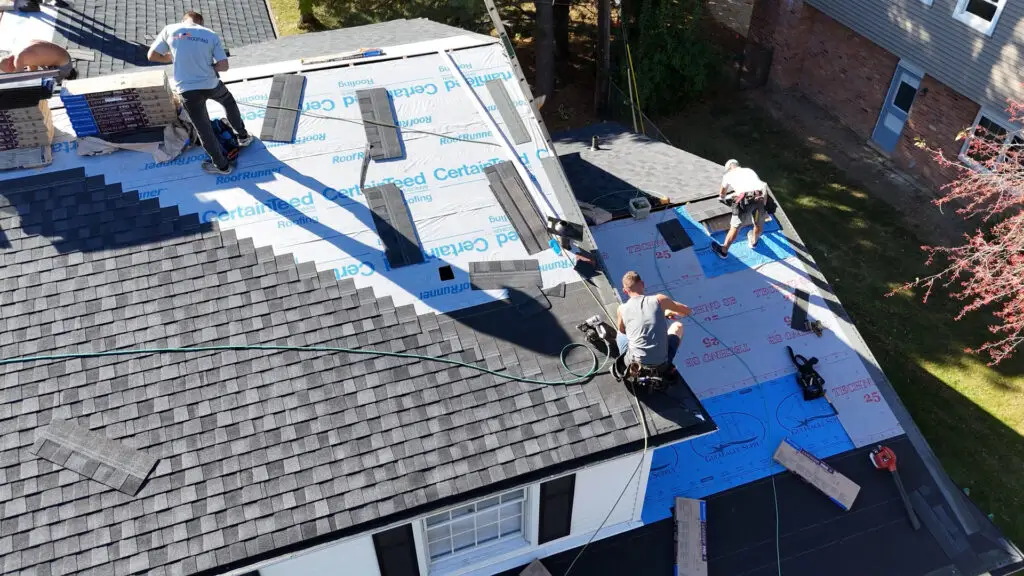Roofing is a demanding job that requires the right mix of skill, safety, and specialized tools. Among those tools, the shingling hammer—sometimes called a roofing hammer or hatchet—stands out as a favorite for both seasoned pros and dedicated DIYers. But why is a shingling hammer ideal for roofing work, and how does it compare to other tools in your toolbox?
Let’s take a closer look at what makes this tool a must-have for roofing projects and why choosing the right hammer can make your work faster, safer, and more precise.
What Is a Shingling Hammer?
A shingling hammer is a hybrid tool designed specifically for roofing tasks. It combines the functionality of a traditional hammer with several roofing-specific features, including:
- A flat striking face for driving nails
- A claw or hatchet blade for removing old shingles or cutting materials
- A gauge or depth guide (on some models) for consistent nail placement
Because it combines multiple functions into one tool, a shingling hammer makes roofing more efficient—cutting down on the number of tools you need to carry and the time you spend switching between them.
If you’ve ever asked yourself, why is a shingling hammer ideal for roofing work, the answer starts with this thoughtful combination of features tailored to the demands of shingle installation and removal.
Key Features That Make It Ideal for Roofing
When it comes to roofing, precision and speed matter. Here’s why a shingling hammer is ideal for roofing work compared to a general-purpose hammer:
1. Built-In Shingle Gauge
Some shingling hammers have a gauge designed to help with accurate nail placement. This built-in spacing guide ensures uniform shingle installation, which is crucial for both appearance and performance.
2. Claw or Hatchet End
Need to remove old nails or strip shingles? The claw or hatchet end is perfect for the job. This feature alone answers the question of why is a shingling hammer ideal for roofing work—it’s not just for building; it’s also for teardown.
3. Lightweight and Balanced
A shingling hammer is typically lighter than a framing hammer but well-balanced, which helps reduce fatigue when you’re on the roof for long hours.
4. Durability
Made from steel or forged titanium, many models are built to handle the heavy-duty nature of roofing work without wearing out or breaking down.
Why Is a Shingling Hammer Ideal for Roofing Work? The Key Benefits
Choosing the right tool matters—especially when it comes to something as high-stakes as your roof. Many homeowners ask, “why is a shingling hammer ideal for roofing work?” The answer lies in how this specialized tool improves efficiency, enhances safety, and delivers professional-grade results—all in one.
1. Better Efficiency
Roofing already involves climbing, balancing, and reaching into tough spots. A shingling hammer helps minimize wasted movement by combining multiple functions into one tool. You’re not climbing up and down the ladder to grab a pry bar or nail puller—you have everything you need in your hand. This all-in-one efficiency is a big reason why pros and DIYers alike reach for this tool first.
2. Safer and Smarter Work
Roofing mistakes can be costly—and dangerous. Many shingling hammers come with a built-in gauge that helps ensure consistent nail placement and prevents over-driving, which can lead to leaks or shingle damage. The hatchet end also allows you to strip away damaged shingles or roofing felt cleanly, without fumbling with separate tools. It’s a smarter way to work, and it reduces the chances of accidental damage.
3. Professional Results
When shingles are spaced evenly and nails are set to the proper depth, your roof not only looks better—it performs better, too. A shingling hammer helps achieve the kind of consistent, clean results that keep your roof secure and your home protected. That’s just one more reason why a shingling hammer is ideal for roofing work, whether you’re tackling a weekend project or managing a full roof installation.

When Should You Use a Shingling Hammer?
Whether you’re patching a section of your roof or installing new shingles on an entire surface, a shingling hammer is the right tool for the job. Here are just a few situations where it shines:
- Replacing a few missing shingles after a storm
- Installing a new asphalt roof
- Repairing flashing or underlayment around a chimney or skylight
- Stripping old roofing material during a full roof replacement
So, why is a shingling hammer ideal for roofing work? Because it’s built to handle all these tasks in one go, saving you time, improving results, and reducing hassle.
Are There Any Downsides?
While a shingling hammer is incredibly versatile, it’s not always the best fit for every type of roofing material. For metal roofing or tile, for example, you’ll need more specialized tools.
But for asphalt shingle work—which is the most common residential roofing type—a shingling hammer remains the top choice.
BCM Roofing’s Take
At BCM Roofing, our crews use the best tools for every job—and that often includes the shingling hammer. We’re frequently asked, “why is a shingling hammer ideal for roofing work?” The answer comes down to efficiency, precision, and safety. Whether we’re doing a simple repair or a full tear-off and replacement, we know that having the right tool makes all the difference.
If you’re a homeowner considering DIY repairs, or just curious about what goes into a professional roofing job, understanding the tools we use can offer helpful insight into our process and why quality matters.
And if your roof needs more than a quick fix, our team is here to help.
Need Roof Work Done? We’ve Got You Covered.
When it comes to roof repairs or full replacements, understanding why is a shingling hammer ideal for roofing work can help you choose the right tools—or the right team—to get the job done right. At BCM Roofing, we bring experience, efficiency, and expert craftsmanship to every project. Whether it’s a small repair or a full replacement, we’ll help you protect what matters most.
Have questions? Need a quote? Get in touch with us today.
FAQ’s About Shingling Hammers
What is a shingling hammer used for?
A shingling hammer is designed for installing and removing asphalt shingles. It combines a hammer face, a nail claw or hatchet, and sometimes a shingle gauge for proper spacing.
Can I use a regular hammer for roofing?
You can, but a shingling hammer is ideal for roofing work due to its multifunctional design, which increases efficiency, accuracy, and safety on the job.
What’s the difference between a shingling hammer and a roofing nailer?
A roofing nailer is a power tool used for speed, while a shingling hammer gives you more control, especially during repairs or smaller projects.
Do all shingling hammers have a gauge?
Not all do, but many professional-grade hammers include a depth or spacing gauge for consistent nail placement.
Is a shingling hammer good for DIY roofing?
Yes. It’s lightweight, easy to handle, and combines key roofing functions, making it a smart choice for DIYers tackling roof repairs.
Can I use a regular hammer for roofing?
You can, but there’s a reason experts often get asked why is a shingling hammer ideal for roofing work. Unlike a standard hammer, a shingling hammer is specifically designed for roofing tasks, combining multiple functions into one tool for faster, more accurate work.
Why is a shingling hammer ideal for roofing work compared to other tools?
A shingling hammer is ideal for roofing work because it merges multiple essential functions—nailing, cutting, and spacing—into a single, lightweight tool. This improves speed, safety, and overall roofing quality, especially on asphalt shingle projects.


